Dept. of Labor: e-Billing Gets OK Practice Rapid Payment
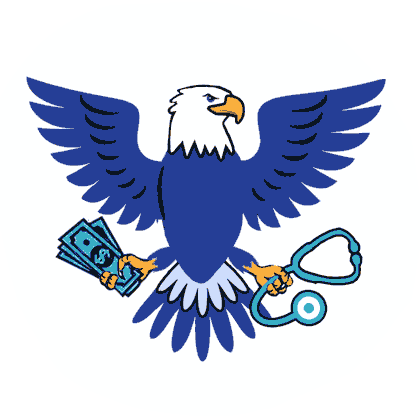
Despite all the administrative challenges, treating injured workers can be low-hassle and financially beneficial for practices. All it takes is the right e-billing technology.
In October 2025, an Oklahoma occupational medicine practice began using daisyBill e-billing software to submit workers’ comp bills to the U.S. Department of Labor (DOL). Payment analytics reveal that since the practice implemented e-billing, the DOL pays its providers in 7.9 days on average.
Note that the DOL issues reimbursements weekly, on Fridays, so payment can arrive even faster depending on when the provider submits the bill. Much faster, actually.
Below, see how easy it is to start e-billing the DOL (and why you should).
Undeniable Results for DOL Billing
Setting your practice up with workers’ comp e-billing software doesn’t have to be a huge “lift.”
- On October 2, the Oklahoma occupational medicine practice had their first call with daisyBill.
- On October 3, the practice agreed to go live.
- On October 14, the practice sent their first bill.
- On October 24, the practice received their first payment.
In all, it took the practice just 22 days to go from their first call with us to their first payment.
daisyBill provides Payment Analytics, updated daily, so clients can easily track bills and manage revenue. As of this writing, the Oklahoma practice has sent 285 bills to the DOL. The practice’s Days to Pay Averages (screenshot below) show that the DOL pays their bills in just over a week on average.
A critical fact about the DOL: Unlike almost every other payer, the DOL does not use a clearinghouse to accept and respond to e-bills (Third-Party Administrator CorVel is the only other major payer to also not use a clearinghouse).
Consequently, providers should submit their e-bills directly to the DOL for payment. Submitting DOL (or CorVel) bills through any clearinghouse can result in lost bills and/or supporting documents.
For that reason, daisyBill maintains a direct e-billing connection to the DOL (and CorVel).
e-Billing: How Tech Minimizes Friction
To make workers’ comp financially sustainable, it’s critical to utilize e-billing tech that can:
- Deliver e-bills directly to the payer’s designated clearinghouse (or, in the DOL’s case, directly to the DOL)
- Post payment details from electronic Explanations of Review
- Identify ‘Bill Tasks’ and assign those tasks directly to the appropriate staff to resolve ignored bills, late payments, and other roadblocks
- Provide instant and actionable analytics
Without the right technology, payment for injured worker treatment can be frustratingly slow to arrive, with revenue piling up in Accounts Receivable for months.
Compared to the slow crawl of paper billing, the risks inherent with billing through a clearinghouse, or the pitfalls of trying to shoehorn software designed for group health and Medicare into comp billing, comp-specific software is by far the best way to manage revenue for treating injured workers (especially those covered by the DOL).
So we’re clear, the DOL is a consistently excellent, efficient payer.
That acknowledged, it has unique and sometimes complex billing requirements. It’s critical to work with a billing partner that understands these requirements and has the technical capability to navigate them.
Advanced e-billing technology can’t solve all the problems of workers' compensation. However, automation, efficient workflows, and powerful analytics can make it infinitely easier to say “yes” to treating injured workers.
Nationwide, daisyBill increases revenue and decreases hassle for providers who treat injured workers. Get a free demonstration below.
SCHEDULE DEMO
DaisyBill provides content as an insightful service to its readers and clients. It does not offer legal advice and cannot guarantee the accuracy or suitability of its content for a particular purpose.
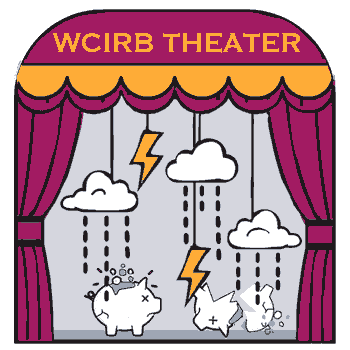
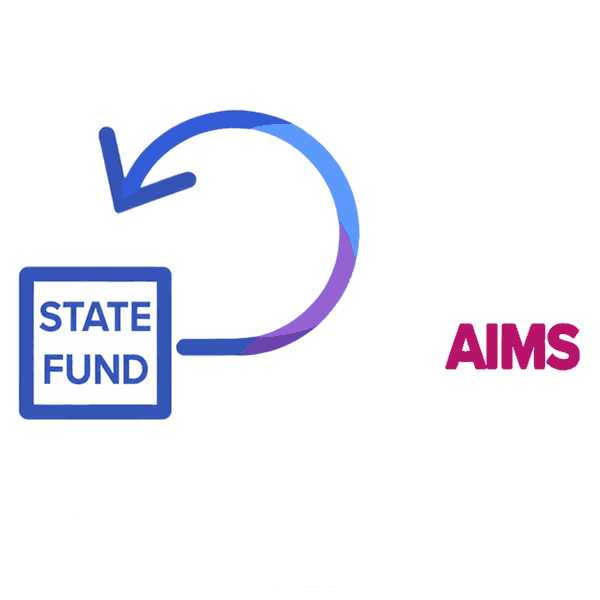

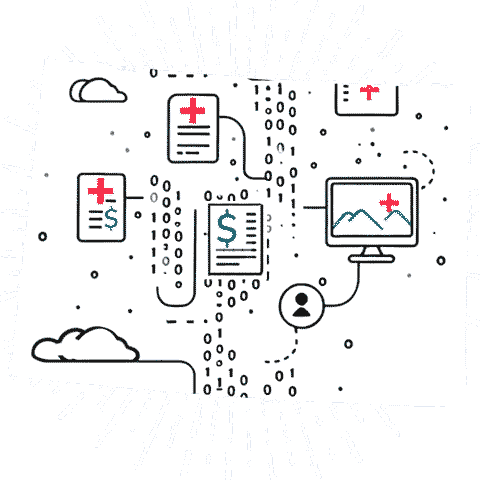
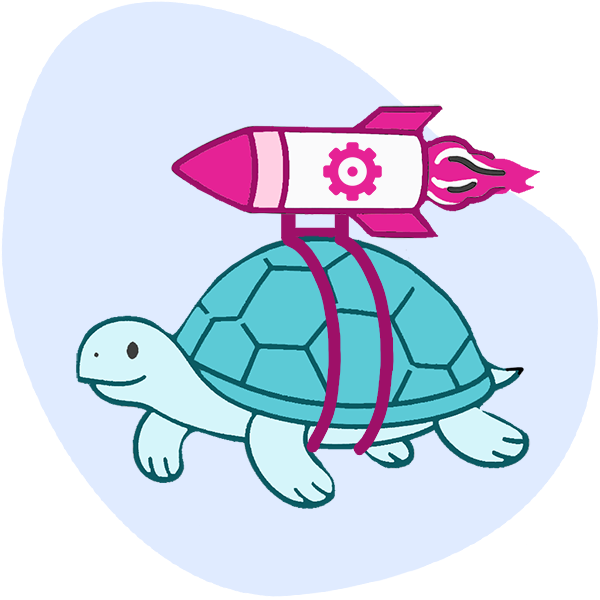
.png)
.gif)